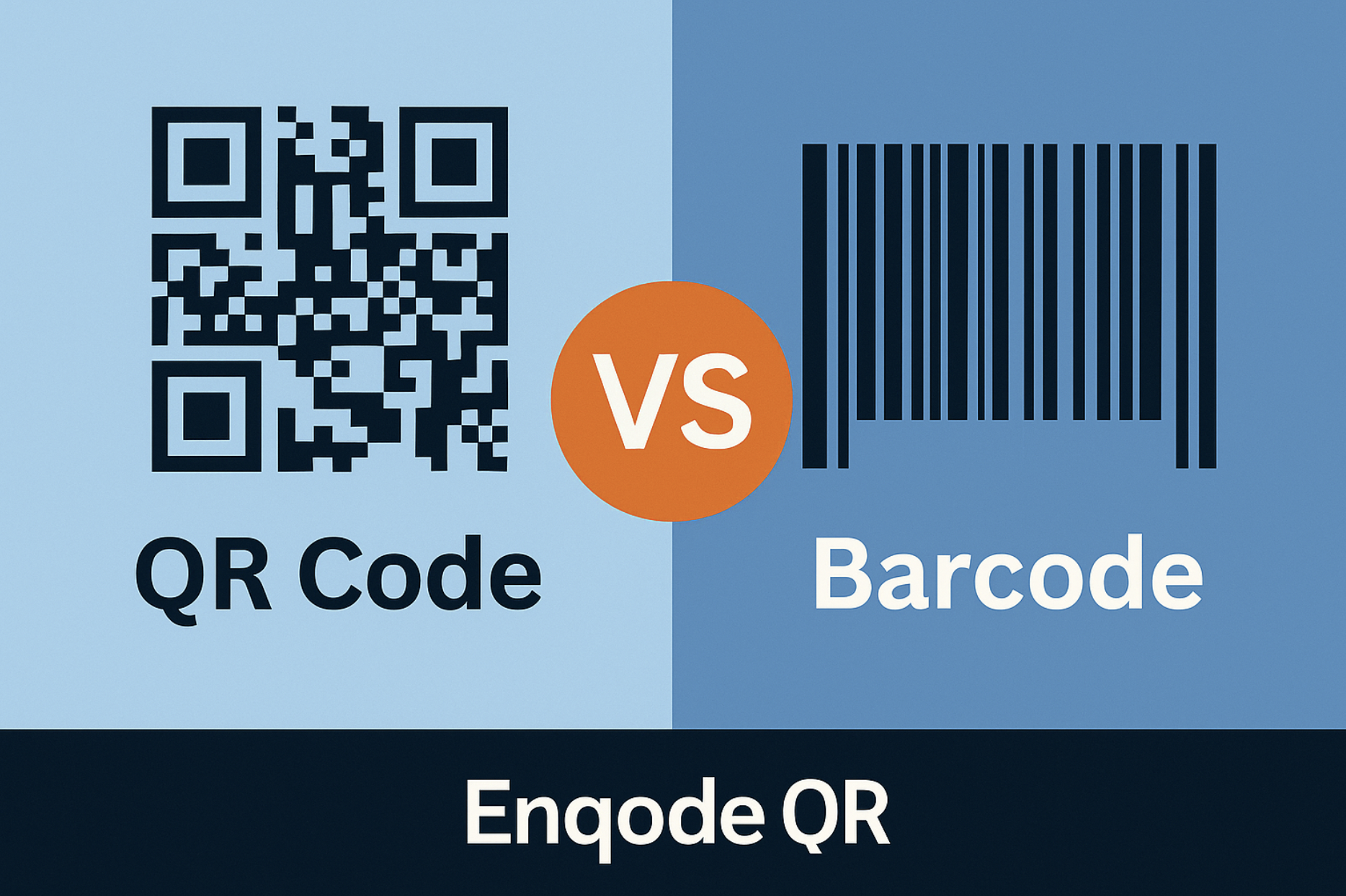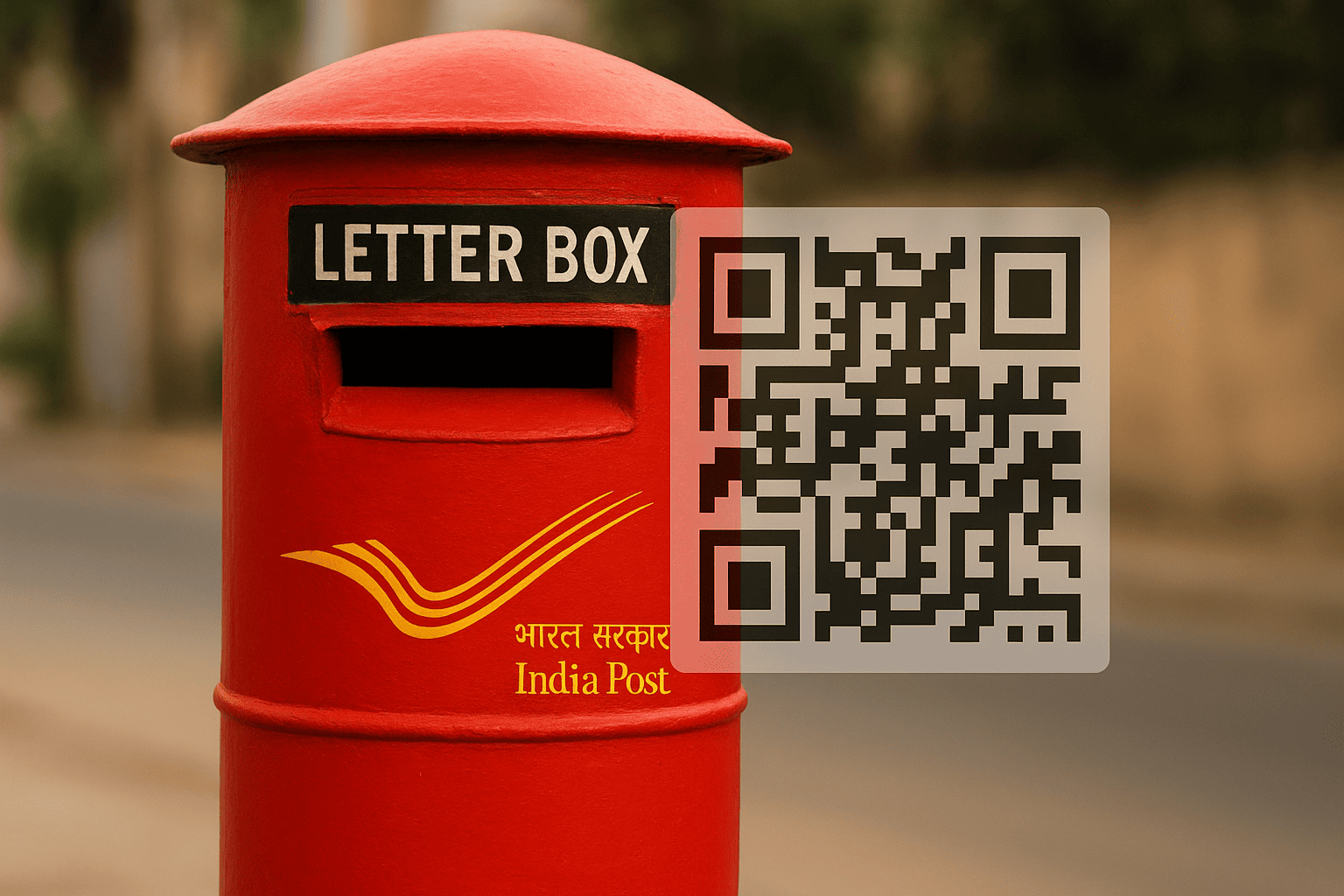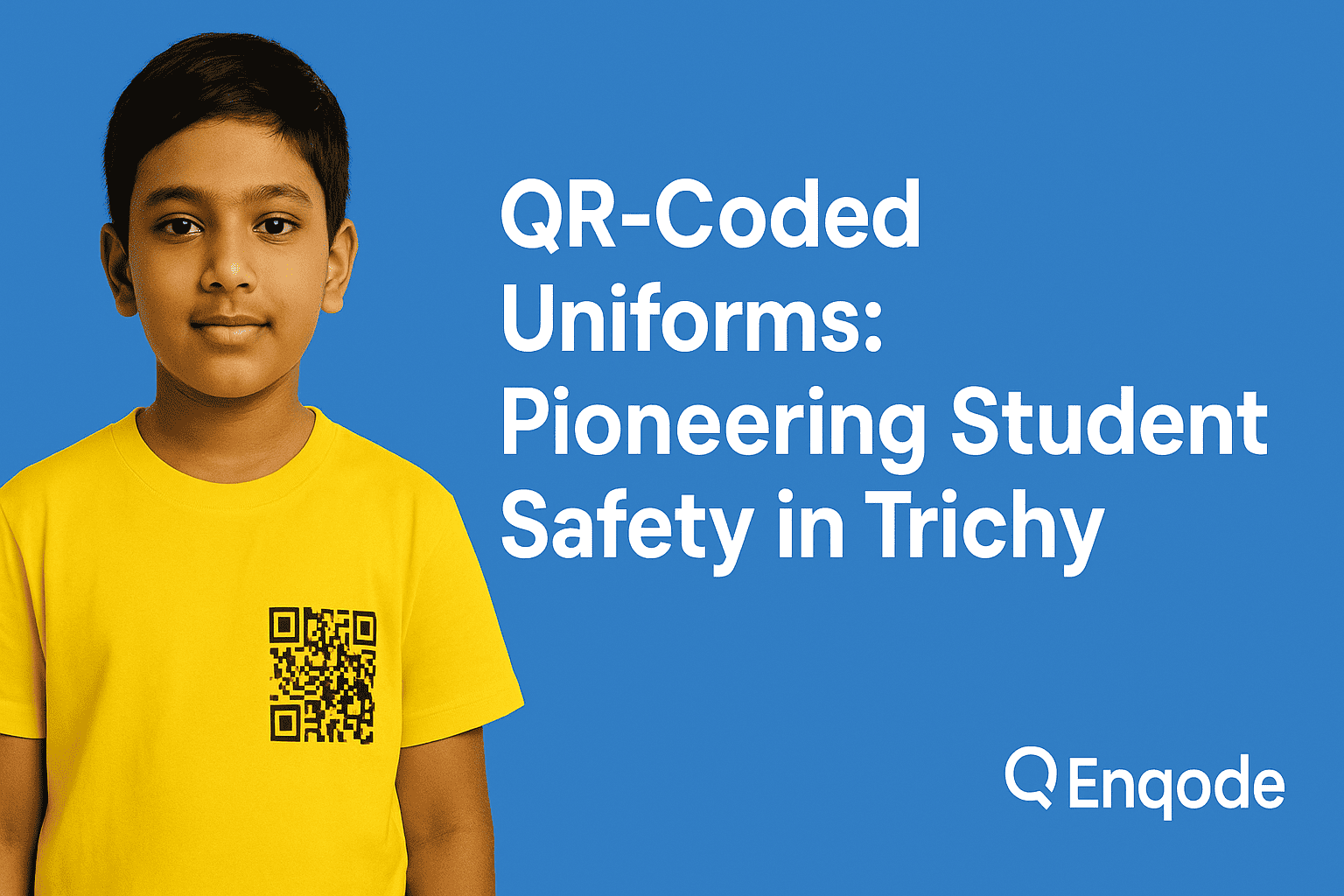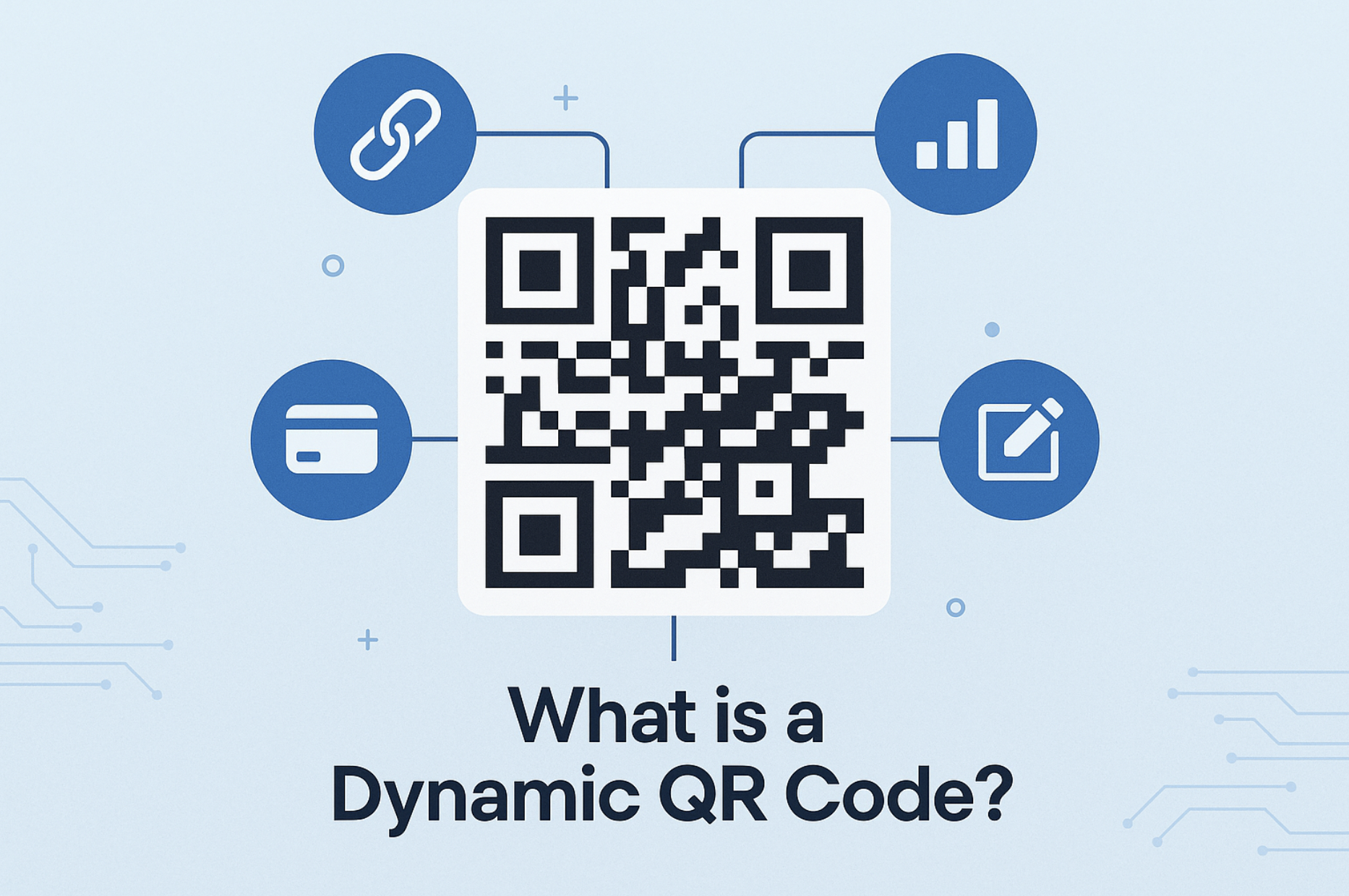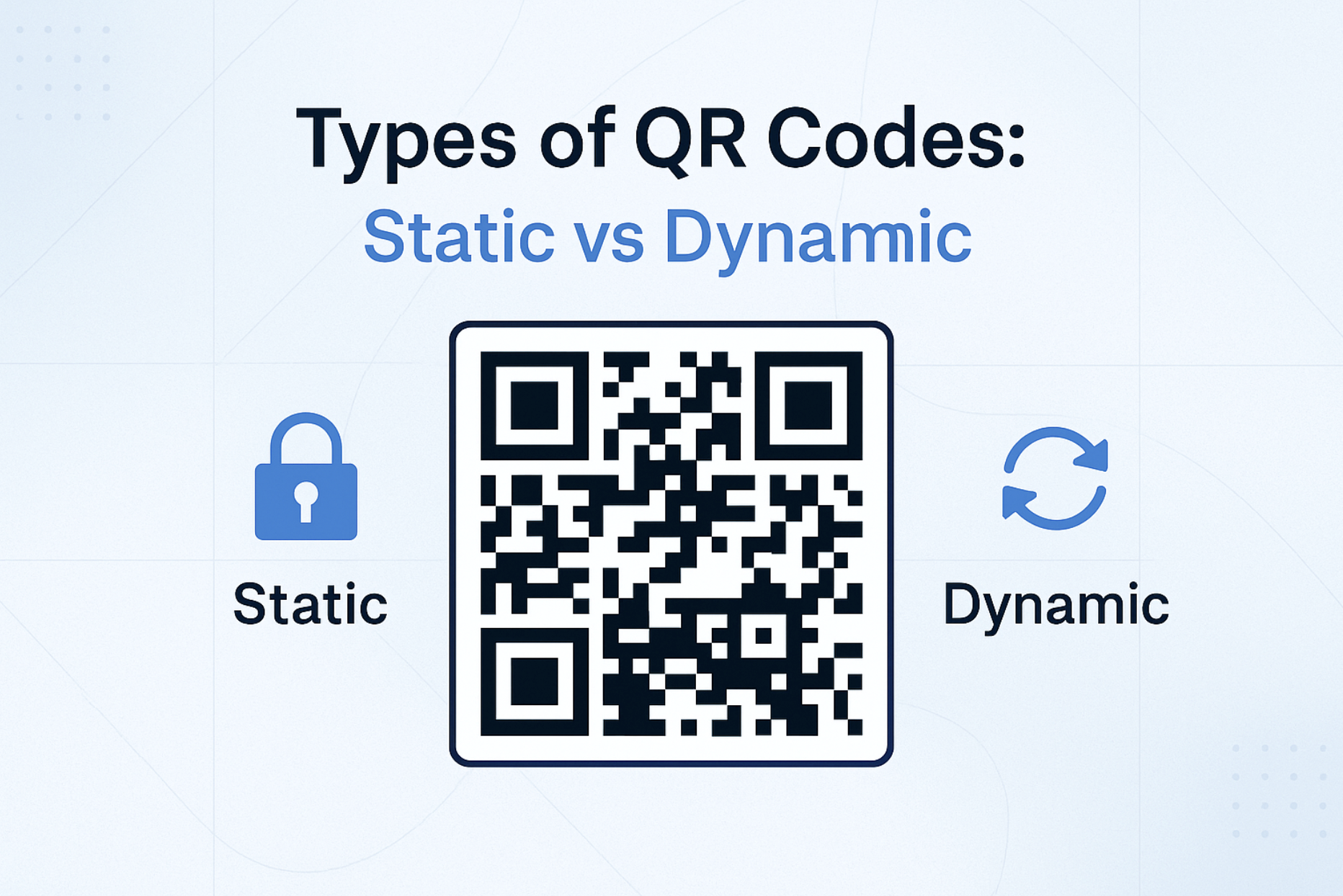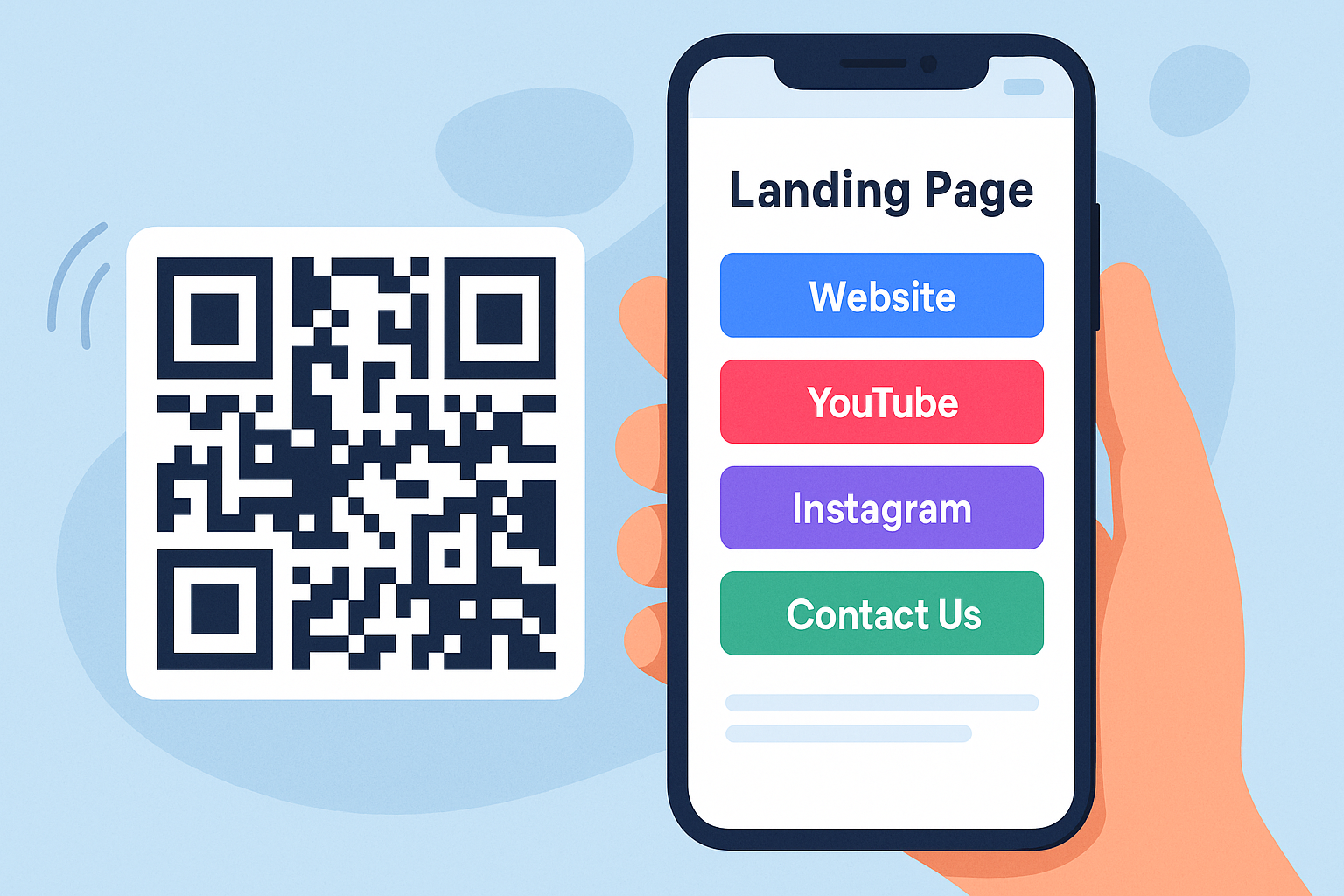Quick Summary
What’s the difference between QR codes and barcodes? This guide explains how they work, their features, use cases, and why QR codes are replacing barcodes in many industries.
Table of Contents
Introduction
Barcodes and QR codes are everywhere — on products, tickets, ads, and packaging. But what exactly is the difference between them? In this guide, we’ll explore the key differences between QR codes and barcodes, including how they work, what they’re used for, and why QR codes are quickly becoming the preferred choice in 2025.
What is a Barcode?
A barcode is a one-dimensional (1D) code that stores information using a series of vertical black lines and white spaces. It is primarily used to identify products and retrieve basic data from a database.
- Common in retail and inventory systems
- Requires a barcode scanner (laser-based)
- Stores limited data (usually numbers only)
- Data is embedded in the width and spacing of lines
What is a QR Code?
A QR code (Quick Response code) is a two-dimensional (2D) matrix barcode that stores information in both horizontal and vertical directions. It can hold significantly more data than a traditional barcode and is readable by most smartphones.
- Can store URLs, text, numbers, contact info, and more
- Scannable with a smartphone camera
- Allows for dynamic updates and analytics
- Supports error correction for damaged codes
QR Code vs Barcode: Key Differences
| Feature | Barcode (1D) | QR Code (2D) |
|---|---|---|
| Scan Direction | Horizontal only | Multi-directional (360°) |
| Data Capacity | Up to 20 characters | Up to 7,000+ characters |
| Data Type | Numeric only | Text, numbers, binary, etc. |
| Device Compatibility | Needs scanner | Scannable by smartphones |
| Size & Scalability | Limited by size | Compact, even with more data |
| Error Correction | Minimal | Up to 30% recoverable |
| Customization | Not customizable | Custom colors, logos, etc. |
| Tracking & Analytics | Not supported | Supported (dynamic QR codes) |
Which One Should You Use?
Use barcodes if:
- You run a retail store or warehouse with an existing POS system
- You only need to store numeric product IDs
- You rely on legacy inventory hardware
Use QR codes if:
- You want to store more complex data
- You need smartphone accessibility
- You want editable codes with tracking (dynamic QR)
- You plan to integrate into digital marketing campaigns
Real-World Examples
| Scenario | Barcode | QR Code |
|---|---|---|
| Supermarket product label | ✅ Yes | ✅ Sometimes |
| Restaurant menu | ❌ No | ✅ Yes |
| Digital business card | ❌ No | ✅ Yes |
| Event entry with analytics | ❌ No | ✅ Yes |
| Factory inventory | ✅ Yes | ✅ Growing usage |
Why QR Codes Are Gaining Popularity
- Increased smartphone adoption
- Contactless experiences post-COVID
- Enhanced tracking and personalization
- Dynamic features and editable destinations
- Ease of generation with tools like Enqode QR
Enqode QR: Powering the Future of Smart Codes
With Enqode QR, you can create dynamic, branded QR codes with analytics, editable links, and powerful features. Unlike traditional barcodes, QR codes from Enqode QR empower your marketing, streamline operations, and provide real-time insights — all in one platform.
Frequently Asked Questions
Barcodes are 1D and store limited numeric data, while QR codes are 2D and can store much more information, including text, URLs, and more.
Most smartphones can scan QR codes natively, and many apps can scan both barcodes and QR codes.
QR codes offer higher data capacity, error correction, tracking, and smartphone compatibility, making them more versatile for modern use cases.
Conclusion
While barcodes still have their place in logistics and retail, QR codes offer a smarter, more flexible solution for modern businesses. With the ability to store more data, support tracking, and work seamlessly with mobile devices, QR codes are clearly the future.


